Toyota Celica: A Guide To Every Generation
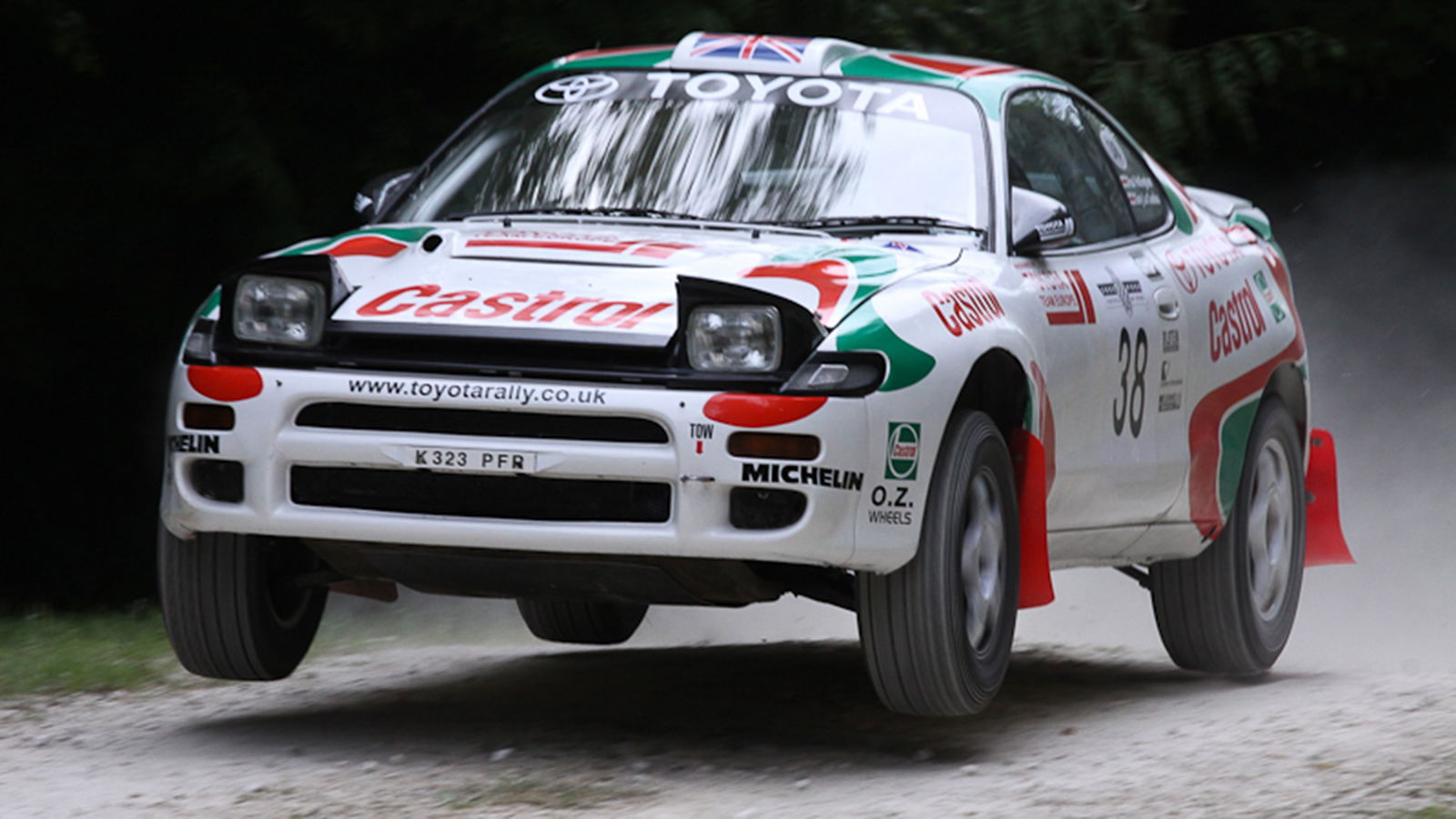
The Toyota Celica is a sports coupe originally designed for the everyman, and a car that evolved through seven generations from the mid-1970s all the way through to the mid-2000s. Think of it as Japan’s answer to the Ford Mustang, but scaled down. And sharpened up. And more likely to start on a chilly morning.
In the UK, the Toyota Celica has become a byword for affordable fun, with snazzy looks, practical reliability, and just about enough performance to keep things interesting. It also earned its stripes on the World Rally stage (making Castrol a name worthy of daubing on pencil cases across the land), but we’ll focus mainly on road cars here. So strap in and prepare for a generation-by-generation ride through Celica history.
First-generation Toyota Celica (1970-1977)
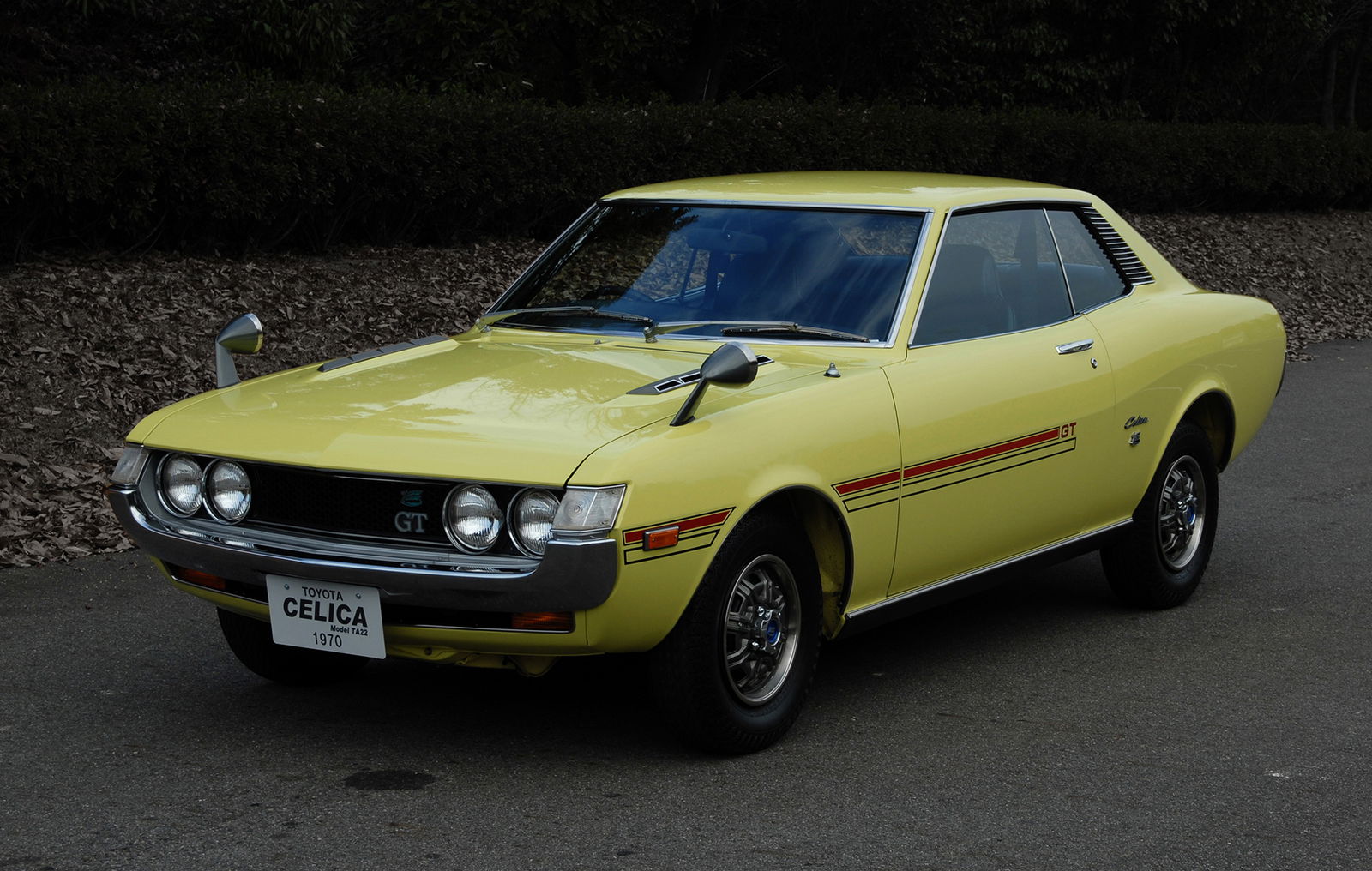
The Celica story kicks off in the 1970s, when Toyota decided that the flared trousered Japanese people of the moment needed an answer to the American pony car. And so the Celica was born, as a small 2+2 coupe based on the Carina chassis but with proper rear-wheel-drive dynamics.
Most UK-bound cars, from mid-1971, were based on the TA22 coupe platform with a 1.6-litre “2T” four-cylinder engine pushing out between 75bhp and 86bhp, depending on the carburettor specs and varying emissions standards. Both single-carb and the twin-carb 2T-B options were sold on these shores, with cogs shifted initially by four-speed manual gearboxes and later, on GT models, by a five-speed. A small number of other variants also arrived, including the RA20/21 RA28 Liftback Celica, which added extra practicality.
By the mid-70s, UK-spec GTs were packing the now-legendary 18R-G engine, the 2.0-litre double-overhead cam unit developed with Yamaha. Thanks to some fancy hemispherical combustion chambers and twin Solex carbs, it made up to 115bhp – pretty spicy for the time in a car weighing just over a tonne, although JDM versions made even more.
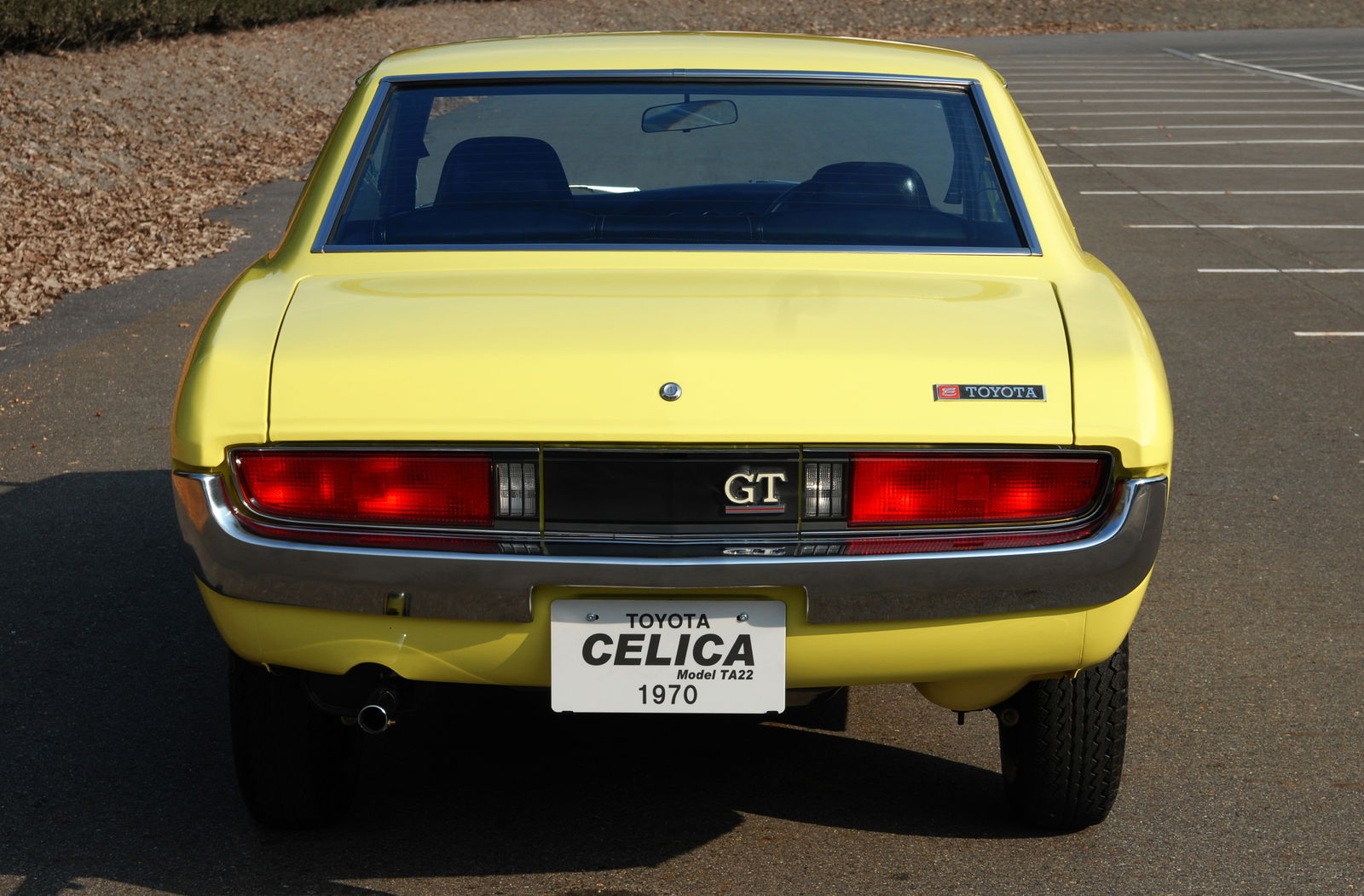
Motorsport enthusiasts quickly realised that the Celica would make an excellent privateer car, and numerous entries in rallies and circuit races led directly to the formation of Toyota Team Europe (TTE) , which would become responsible for running Toyota’s World Rally Championship cars.
The motoring media were also big Celica fans, who regarded it as a stylish and affordable alternative to the Ford Capri here in the UK. It scored well on built quality, with high praise given to its mini-Mustang looks and slick gearbox, though the Celica’s handling was deemed slightly less impressive.
Second-generation Toyota Celica (1977-1981)
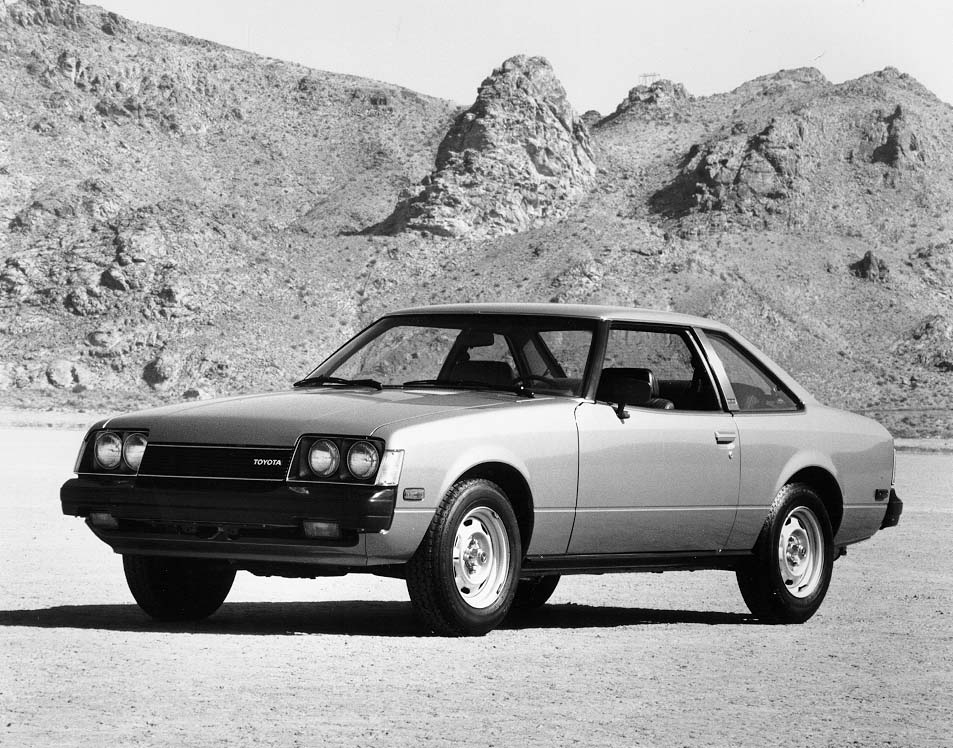
In June 1977, the one millionth Toyota Celica rolled out of the factory. But rather than rest on its laurels (sales were still very strong), Toyota decided to whip the covers off the all-new Celica before the year was out. Longer, wider, and softer around the edges, the RA40 Celica was still rear-wheel driven, and came with improved refinement as the Toyota engineers kept an eye on the lucrative American market.mm
In the UK, the second-gen Celica mainly used a single-cam 2.0-litre 21R engine, with a five-speed manual gearbox or a three-speed automatic, with power hovering between 96bhp and 103bhp. While the chassis still used MacPherson struts up front and a multi-link solid axle at the back, the geometry had been fettled for extra refinement. Early RA40s had the recirculating ball steering setup, which was just about serviceable but not the last word in feedback. For the 1979 facelift, UK-spec GT models were upgraded to rack and pinion, which made things much more precise and sharper, and kept the Celica current against the evolving sports-car standards of the late ‘70s. The UK also got the mid-spec ST trim level, and other markets had a base-spec LT that Toyota decided British buyers probably wouldn't be that interested in.
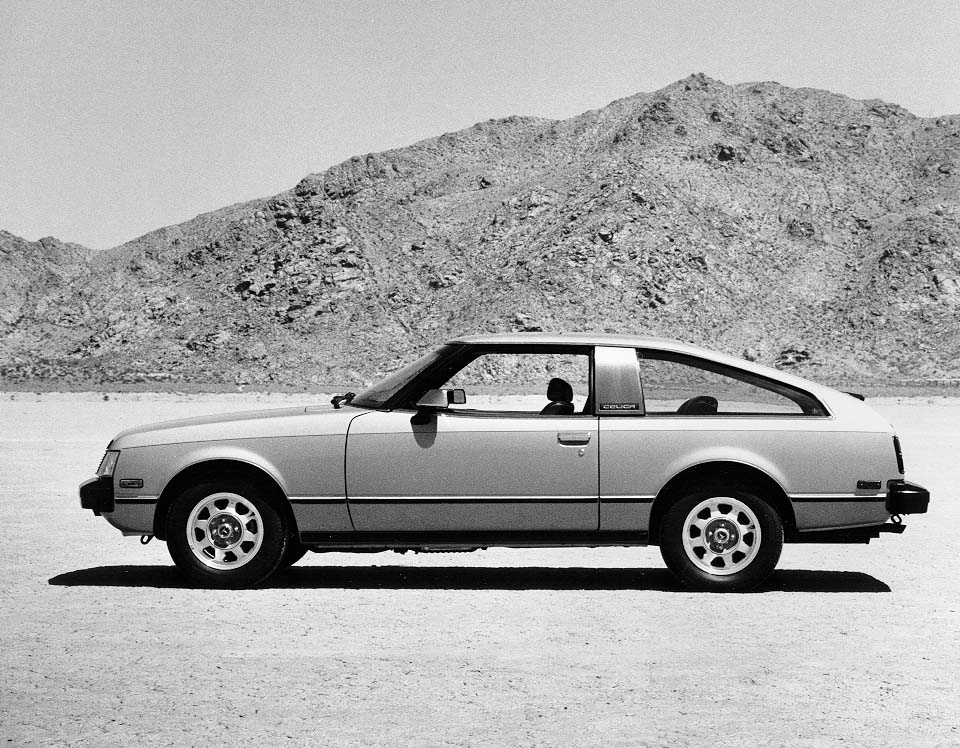
The reception for the second-generation Celica was very positive. First-gen owners viewed it as an upgrade, and the motoring press agreed, noting that it kept the Celica feel but rounded off the rough edges. However, the more pernickety reviewers felt it now lacked the sporty edge of the first model, even if reliability and strong build quality still remained top-notch.
While Toyota didn’t offer a convertible RA40, British coach builders Tickford filled the gap with Sunchaser and Targa models, based on US convertibles created by Griffith. But they sold in very small numbers (just 20 across both models), possibly because an all-new model was already on the way.
Third-generation Toyota Celica (1981-1985)
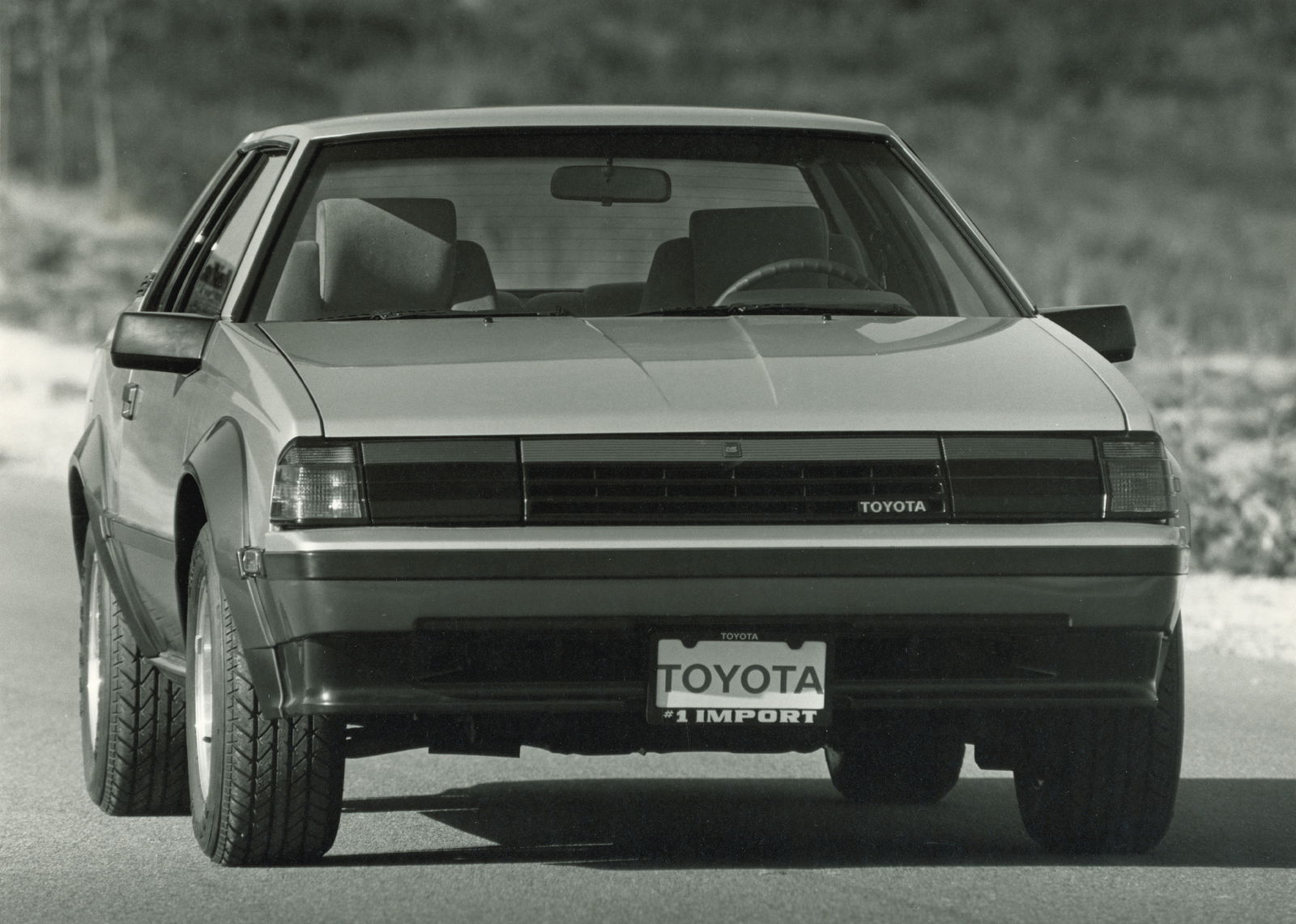
In July 1981, the third-generation A60 Celica was revealed in Japan. It would be the last of the RWD Celicas, and arguably the nerdiest, with sharp angles, pop-up headlights, and the availability of digital (gasp!) dashboards. While Japan had some 20 different models to choose from (as well as another seven for the Celica Supra model, which would go on to loftier things), most UK cars ran the 2.0-litre 21R-C engine with a single carb, 97bhp and 117lb-ft – not exactly scintillating, but reasonable. And dependable.
The suspension was overhauled again, and now featured struts at all four corners, and a smooth five-speed gearbox made it more of an engaging drive than its relatively humble outputs would suggest. GT models had uprated anti-roll bars and firmer damping.
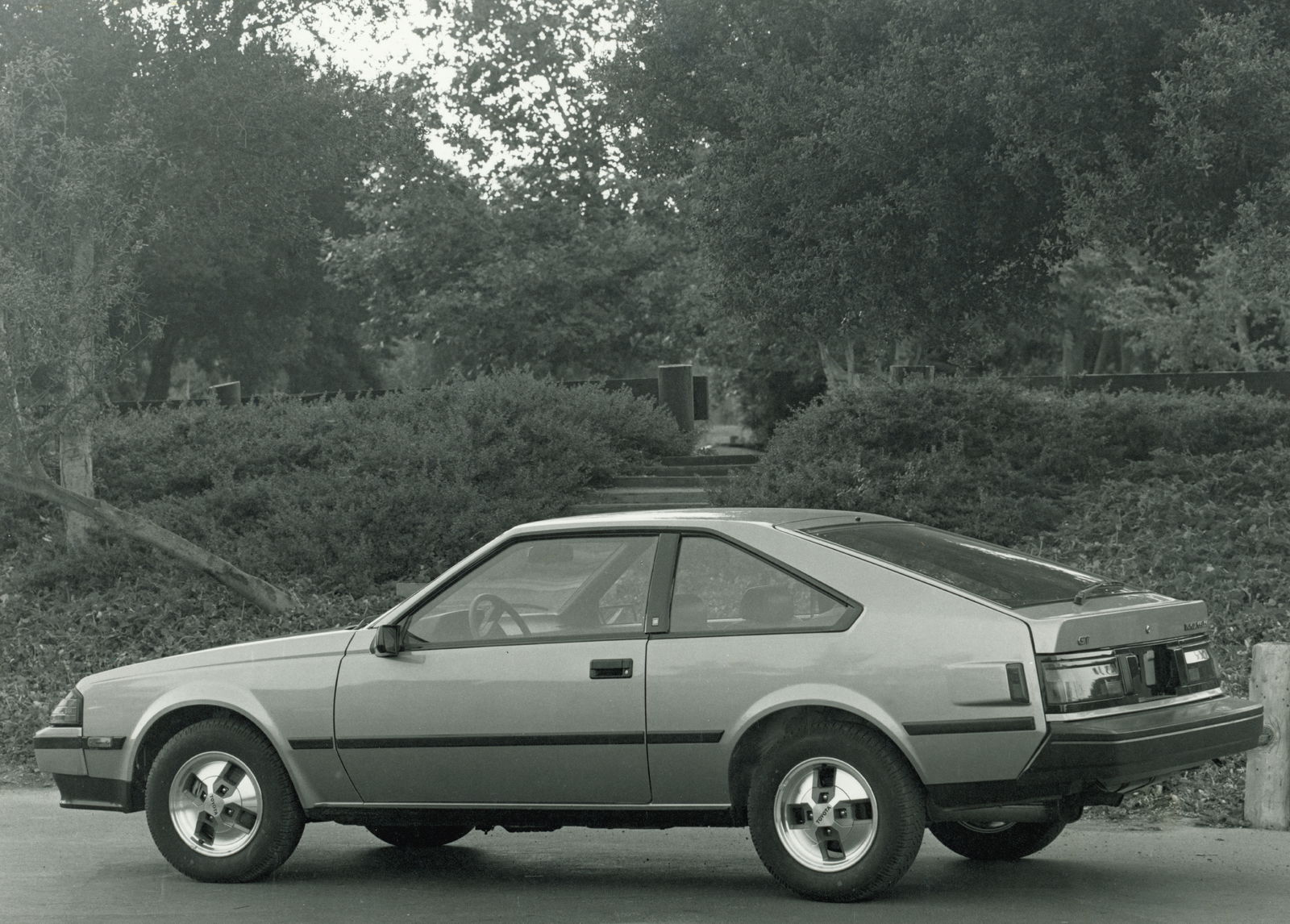
Many praised the third-gen Celica, much of that levelled at its striking wedge design and improved handling, but reviewers were relatively unimpressed with its unremarkable performance figures. Several suggested that the Celica was becoming less of a sports car and more of a grand tourer.
Most of the UK-spec A60s were Liftbacks, although a few imported convertibles built by the American Sunroof Corporation (ASC) could be found, as well as some coupes. A rally TA64 Celica Twin-Cam Turbo, featuring a 1.8-litre 3T-GTE turbo engine and rear-wheel drive, resulted in a limited run of Celica 1800GT-TS models, built to meet Group B regulations.
Fourth-generation Toyota Celica (1985-1989)
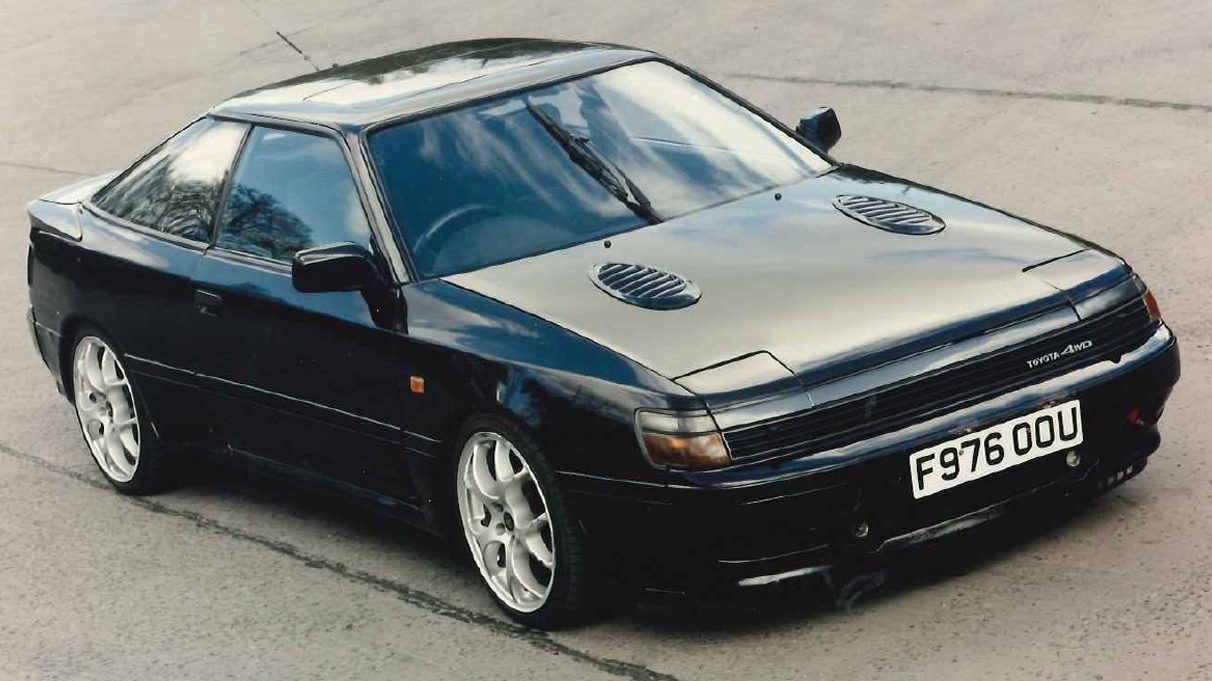
Like Bob Dylan going electric, the Toyota Celica abandoned its roots for the fourth-generation T160 car, ditching the rear-wheel-drive layout for a front-wheel-drive platform. The reason? More cabin space and more predictable handling. The motoring press welcomed the decision and were impressed by the UK market’s high-revving 3S-GE 2.0-litre twin-cam engine that produced 147bhp and 132lb-ft, with a close-ratio five-speed gearbox.
This Yamaha-developed engine was housed in the ST162 Liftback body, with strut suspension on all corners and a bodyshell that was more rigid than the third-gen car. The standard car had a 0-60mph time of 8.1 seconds and a 130mph top speed, but in 1988, the UK’s serious enthusiasts were given a present of the ST165 GT-Four model. As close to the WRC car as you could get without being Carlos Sainz, it had been on sale in Japan for more than a year, and featured a high-tech, four-wheel-drive machine with a turbocharged 3S-GTE engine with 185bhp, a viscous centre diff, and buckets of rally pedigree. They were pricey, though, which meant they were relatively rare on our shores.
Fifth-generation Toyota Celica (1989-1993)
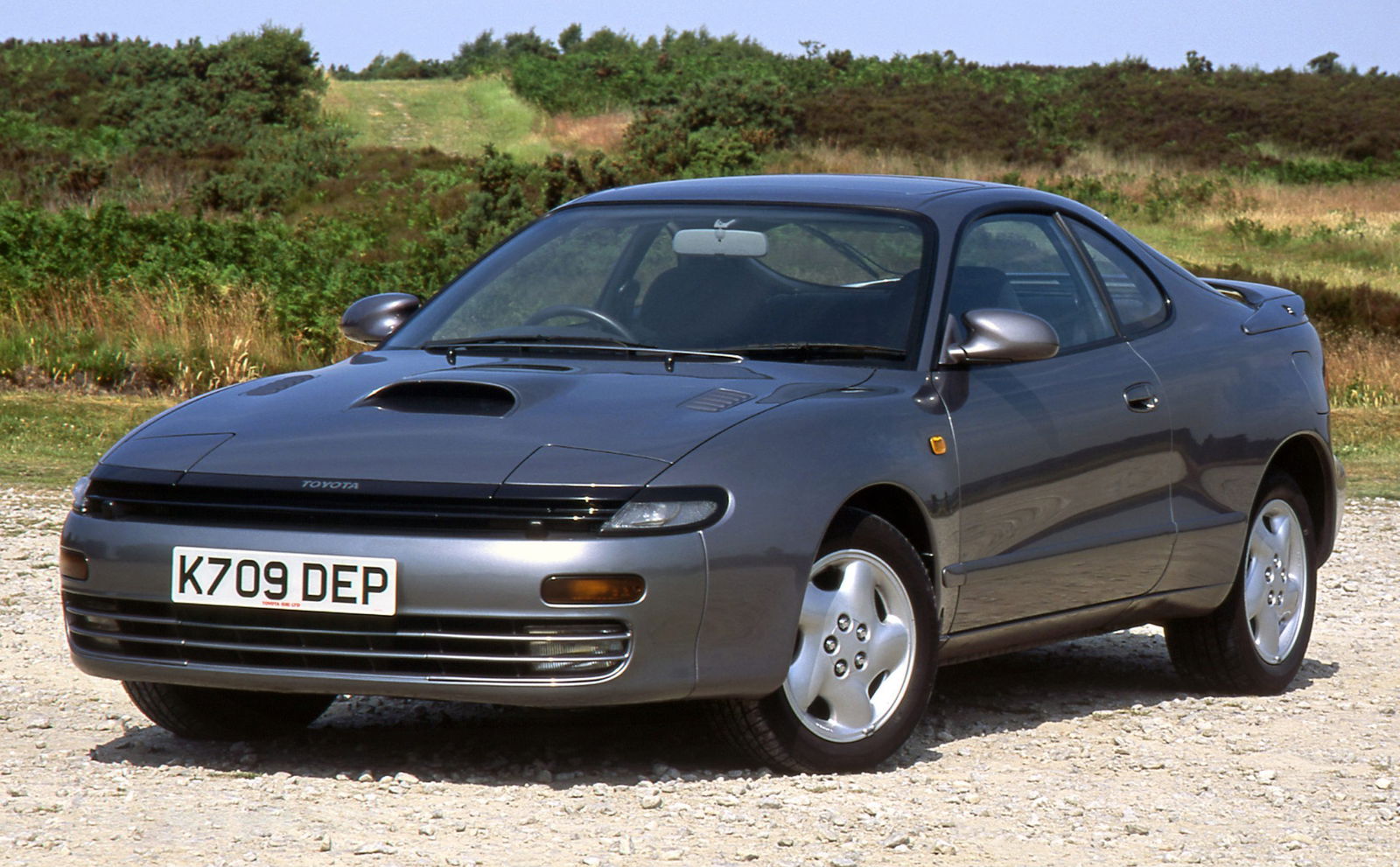
In 1989, Toyota introduced the fifth-generation ST18x Celica, which was a curvy wonder that came, in GT form, with a revised 3S-GE Gen2 engine, now with 158bhp. The new car was lighter, which, along with a wider track and revised dampers, gave it improved handling.
The success of the Mk4 GT-Four meant another one was inevitable, and the ST185 model launched with between 200bhp and 232bhp, depending on the market. Cars in the UK had a widebody spec with the 3S-GTE Gen2 engine, with a CT26 turbo and a viscous centre diff. The 0-60 time dipped below seven seconds, which was punchy for the time.
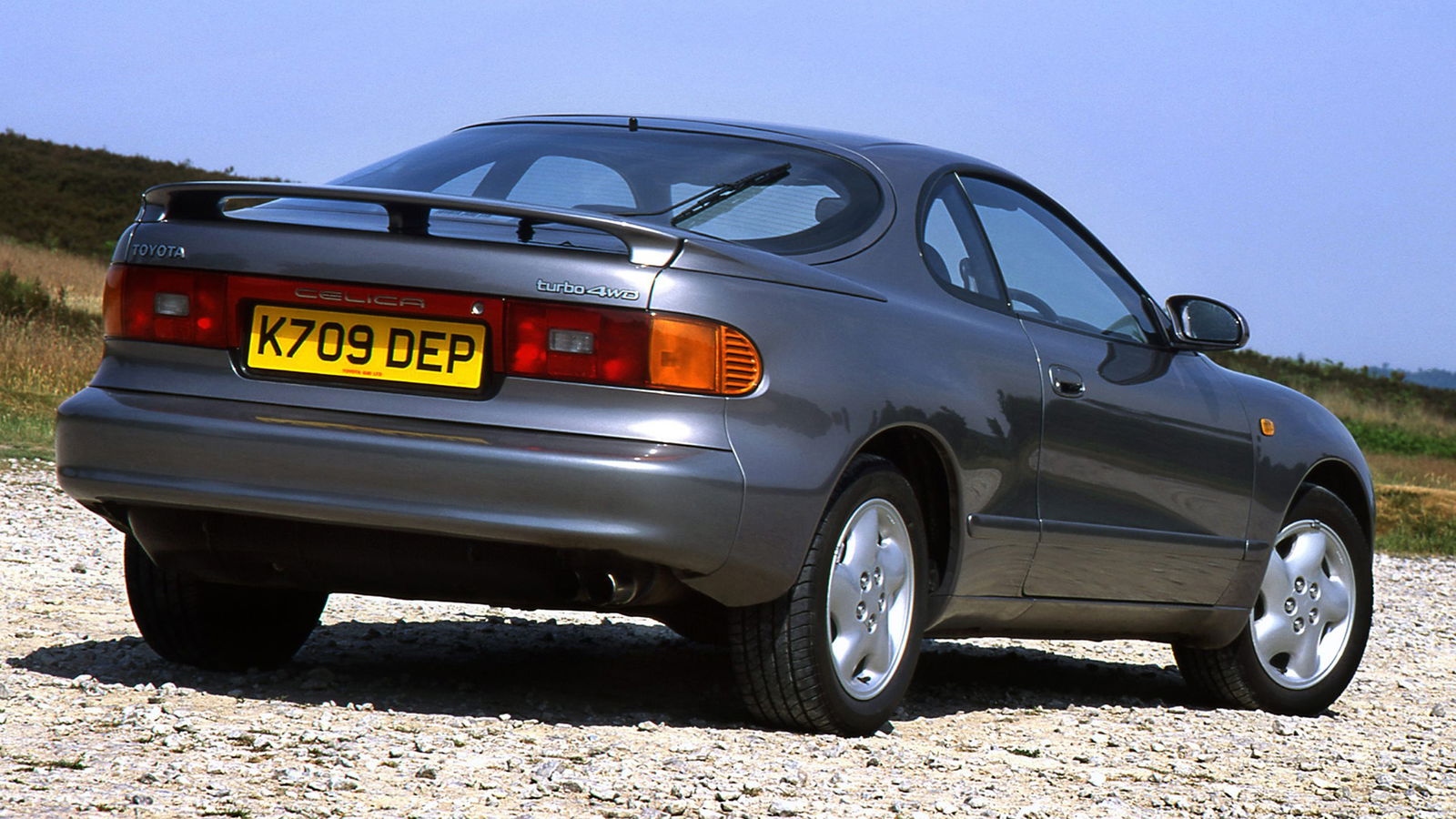
In 1991, customers in the UK took delivery of 440 units of the Carlos Sainz Limited Edition (5000 were made in total), named after the WRC champion. This homologation special had a water-to-air intercooler in place of the standard air-to-air unit, lighter bodywork and a close-ration E151F gearbox – the same core components used for Toyota’s dominant Group A WRC efforts, which won titles in 1990, 1992, and 1993.
The press was jubilant about the fifth-gen Celica’s evolution, which now combined everyday usability with motorsport tech, especially in the GT-Four. The Sainz model was considered a bargain rally replica.
Sixth-generation Toyota Celica (1993-1999)
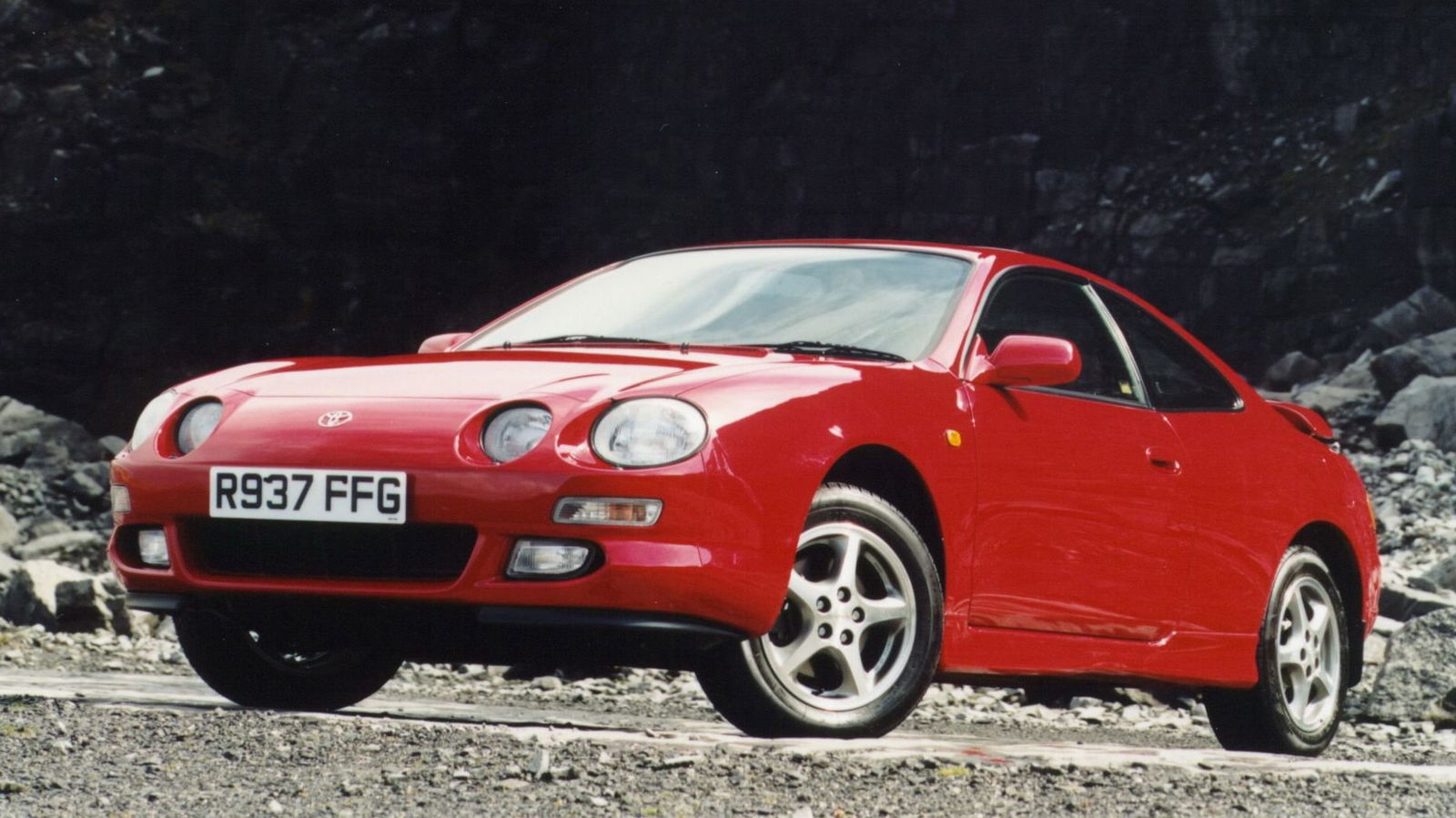
As the rally wins kept coming and boosted the Celica’s image still further, Toyota introduced the sixth-generation model, the ST20x. It was powered by the further-evolved 3S-GE Gen3 engine, which featured higher compression, lighter internals and, in later versions, VVT-i variable valve timing.
UK cars made 173bhp, revved freely and hit 60 in 7.9 seconds. Once again, they were lighter than the Celica they replaced, shedding around 90kg compared to the ST18x. The suspension now had a dual-link setup at the rear, which improved compliance in the corners, and the brakes were meatier, too. Combined with a stiffer bodyshell it made for a well-equipped and refined car, albeit one that was rather front-heavy.
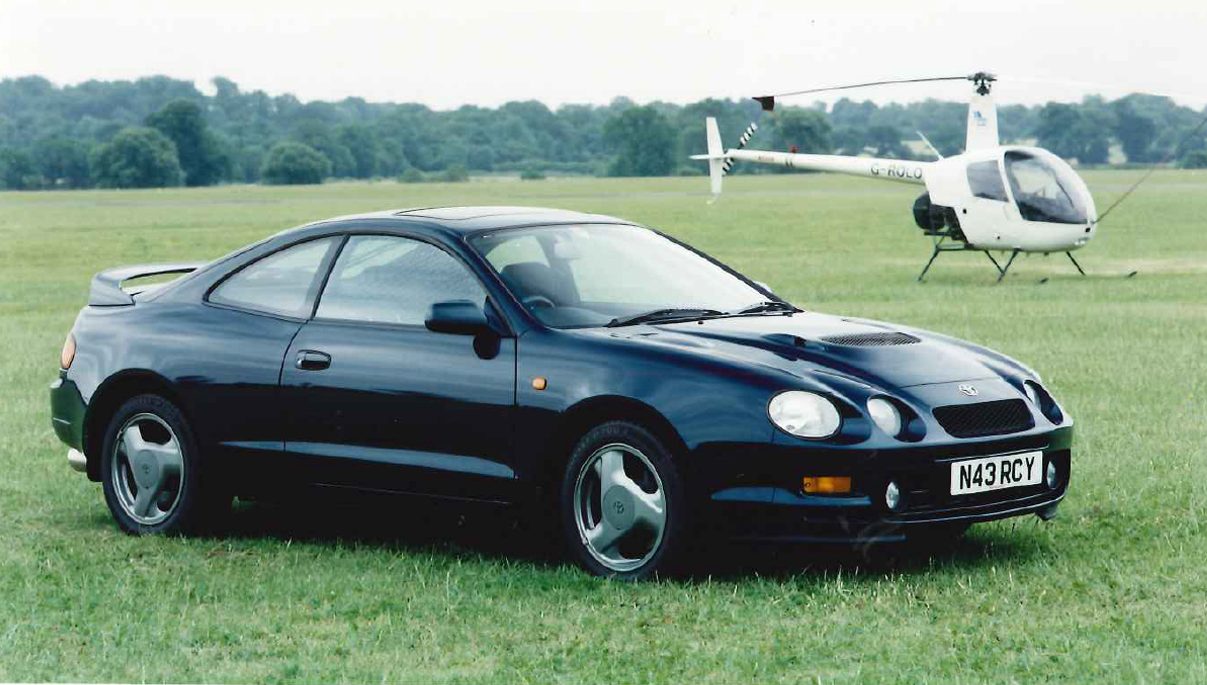
The GT-Four ST205 arrived in the UK in 1994, with a 236bhp 3S-GTE Gen3 engine, the now-familiar water-to-air intercooler, four-pot brakes and an optional Super Strut Suspension system. The AWD system used both a viscous centre and Torsen rear diff, and it was the most powerful Celica ever made. When people talk about rally cars for the road, this is what they mean. It also got extra street cred when Toyota’s WRC team was banned in 1995 and 1996 for fiddling with its turbo restrictors – they were brilliantly engineered, but massively illegal, and it accelerated Toyota’s withdrawal from the WRC. GT-Four sales in the UK ended in 1996 – as it turned out, for good.
Press reaction to the ST20x, particularly the GT-Four, was glowing, with journalists lavishing praise on its pace and grip even if they noted somewhat numb steering. The less iconic but more affordable ST202 GT was commended for its blend of comfort, tech and performance.
Seventh-generation Toyota Celica (1999-2006)
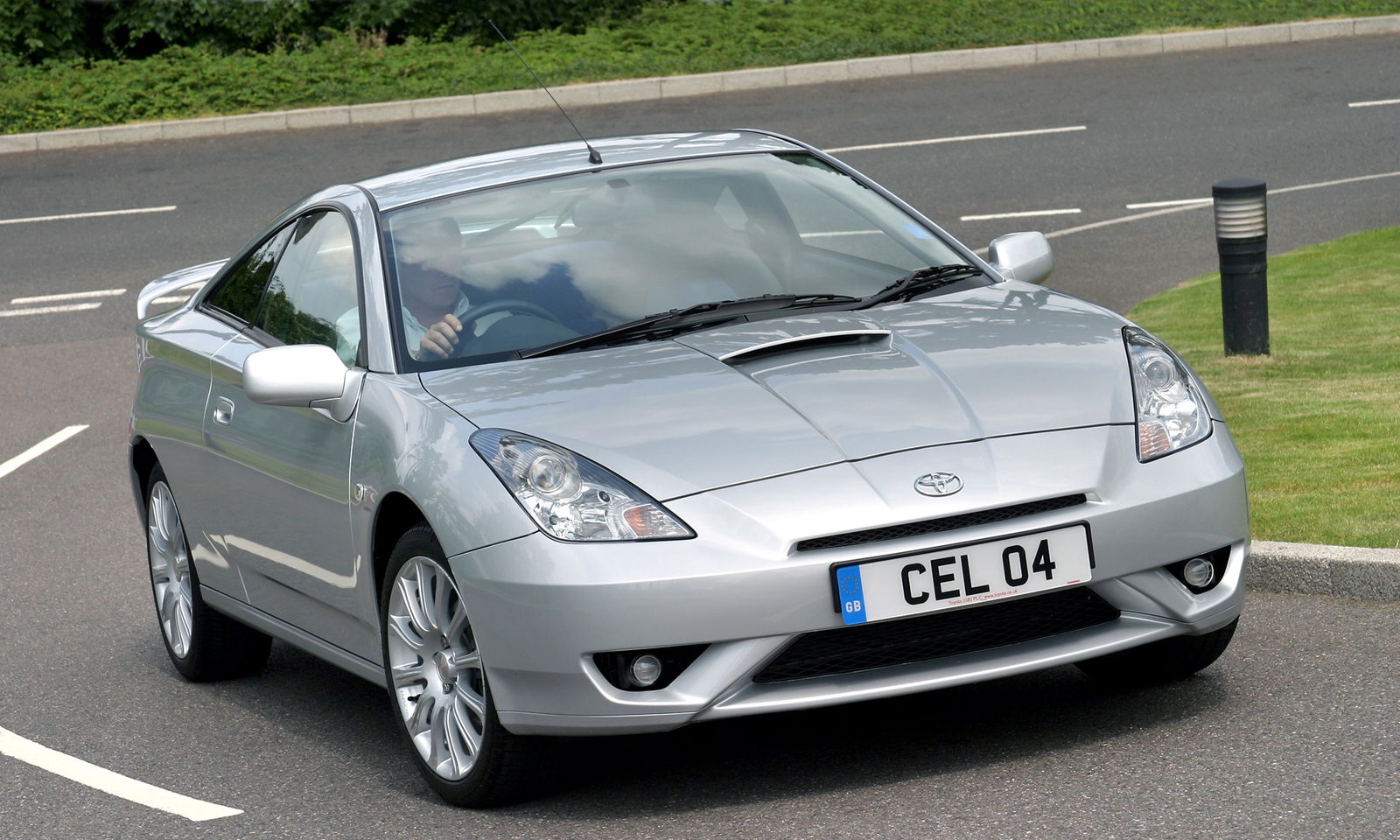
If the sixth-generation Celica had been plastered all over bedroom walls the world over, the seventh-gen model was somewhat back to basics. But it had a lot going for it – a kerb weight of just 1090kg, a new platform and a choice of powertrains. The entry-level T230 car had a 1.8-litre unit with 140bhp, but for enthusiasts the Celica 190, known as the T231, was the one to go for, with a 190bhp 2ZZ-GE engine and an 8200rpm redline. The 190 was renamed the T Sport in mid-2001.
The T23x was equipped with a precise six-speed gearbox, although short ratios meant it was a noisy motorway car. The 0-60mph time was around seven seconds flat, and further improved suspension meant pin-sharp handling. The dampers were firm, the geometry aggressive and the tyres sticky. The press was snooty about the lack of low-end torque, and the endlessly buzzy motorway experience, but otherwise labelled it a thoroughly decent budget coupe, with the high-revving engine coming into its own on twisty roads that also showed off the handling.
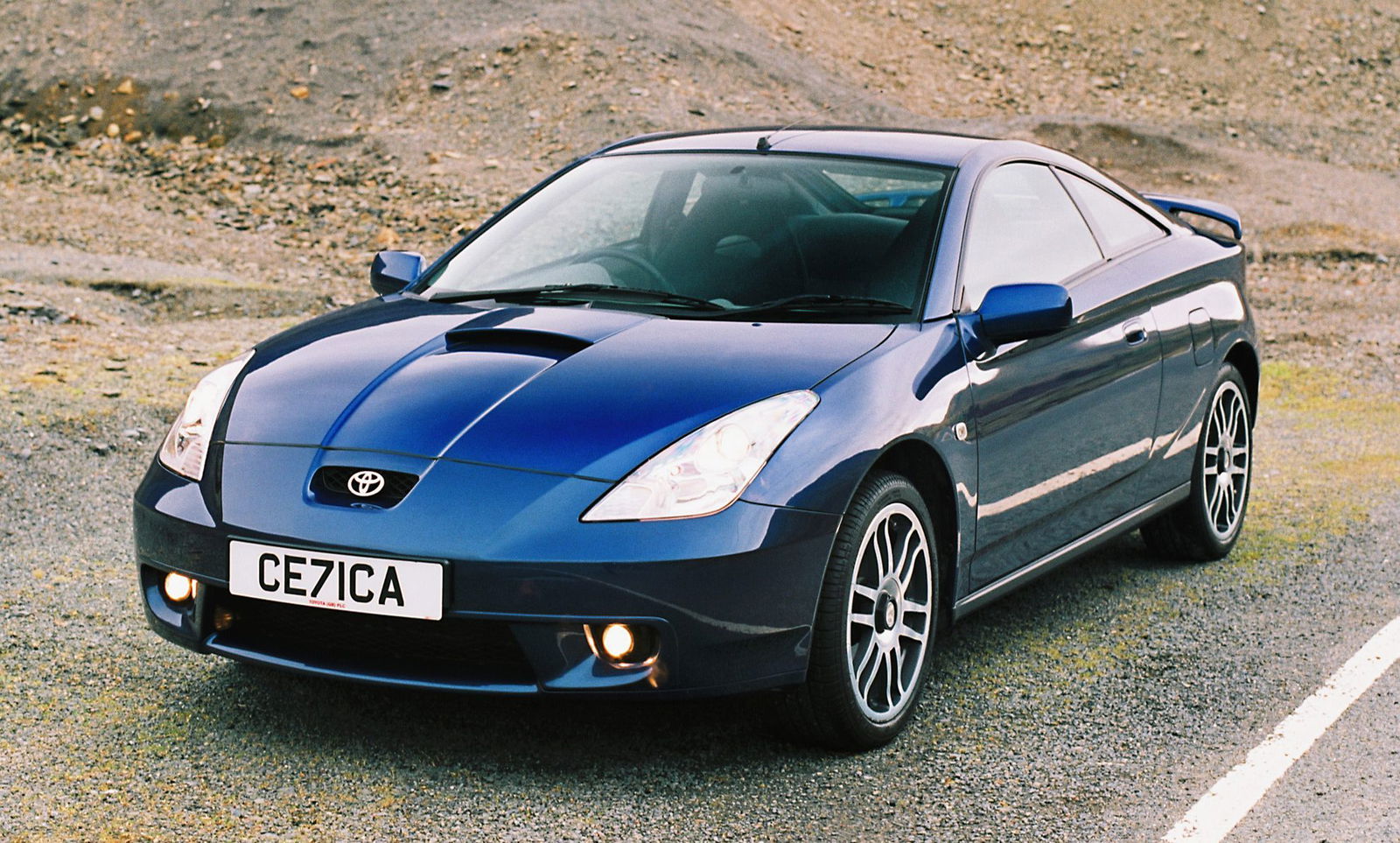
In 2005, Toyota launched a Celica GT trim, which had a bodykit, 17-inch alloys in place of 16s, and lowered springs. It was all purely cosmetic, but it looked the part. It was a final hurrah for the Celica, which was withdrawn from sale in 2006 thanks to pesky Euro emissions regulations.
Eighth-generation Toyota Celica (2026/27ish)
For nigh-on two decades, the Celica was consigned to history. But like roller skating, vinyl records, and basically everything from the 1990s, it's coming back. Short of some winky execs and some trademark filings (GR Celica, anyone?), we don’t have a whole lot of confirmed info, save for the fact that a car is being worked on and it may or may not make production.
We’re expecting it to use a 395bhp variant of Toyota’s new G20E four-cylinder engine. It’ll likely be more upmarket than past Celicas, too.
When will we see it? Well, we’re still at the if, rather than when stage. But if it does make production, 2026 is a possibility, or perhaps 2027. Even then, it might not come to the UK, as Toyota hasn’t exactly gone big on sporty stuff of late – only the GR Yaris is currently on sale, and in small numbers. Still, we can dream, can’t we?
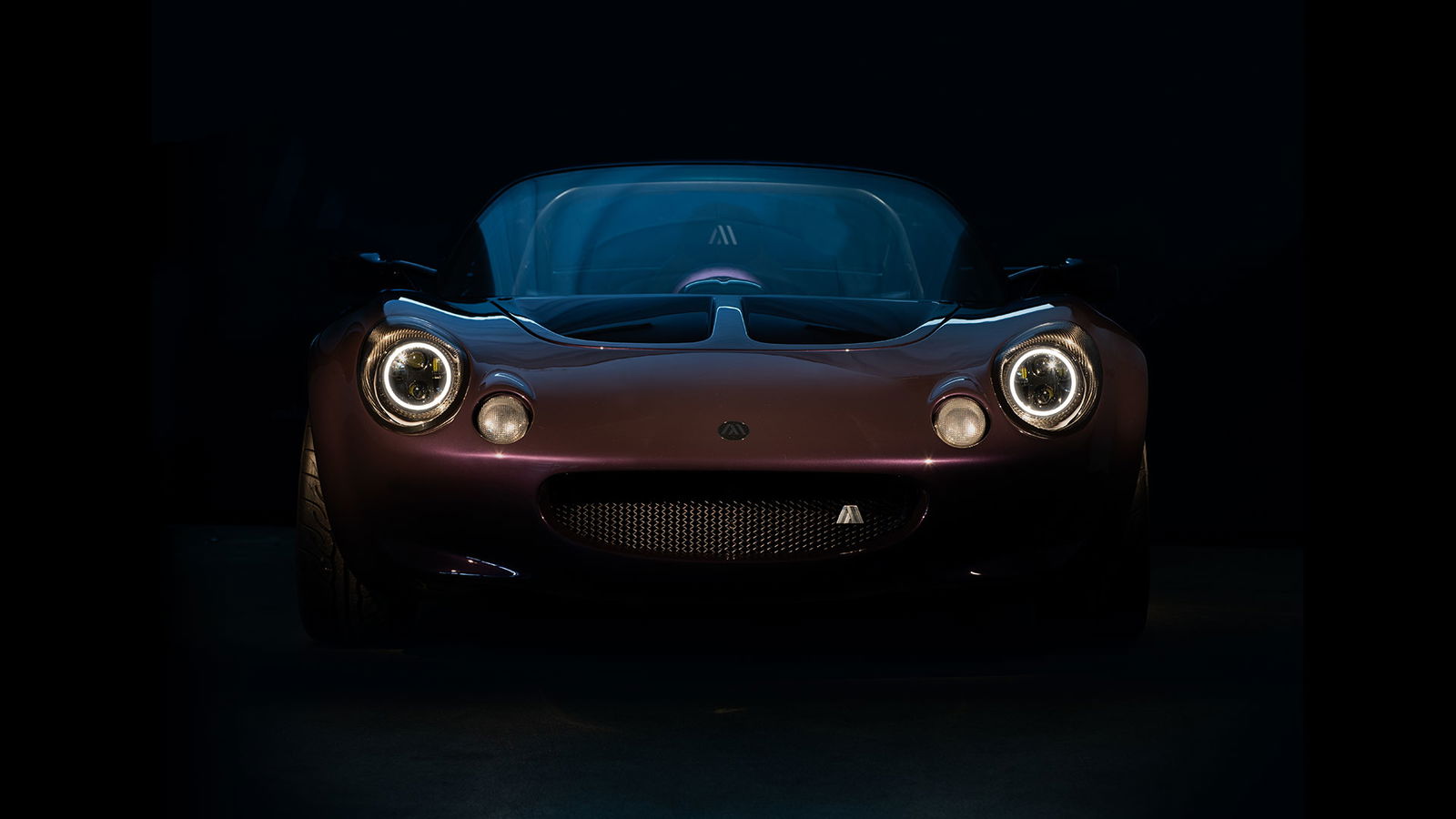
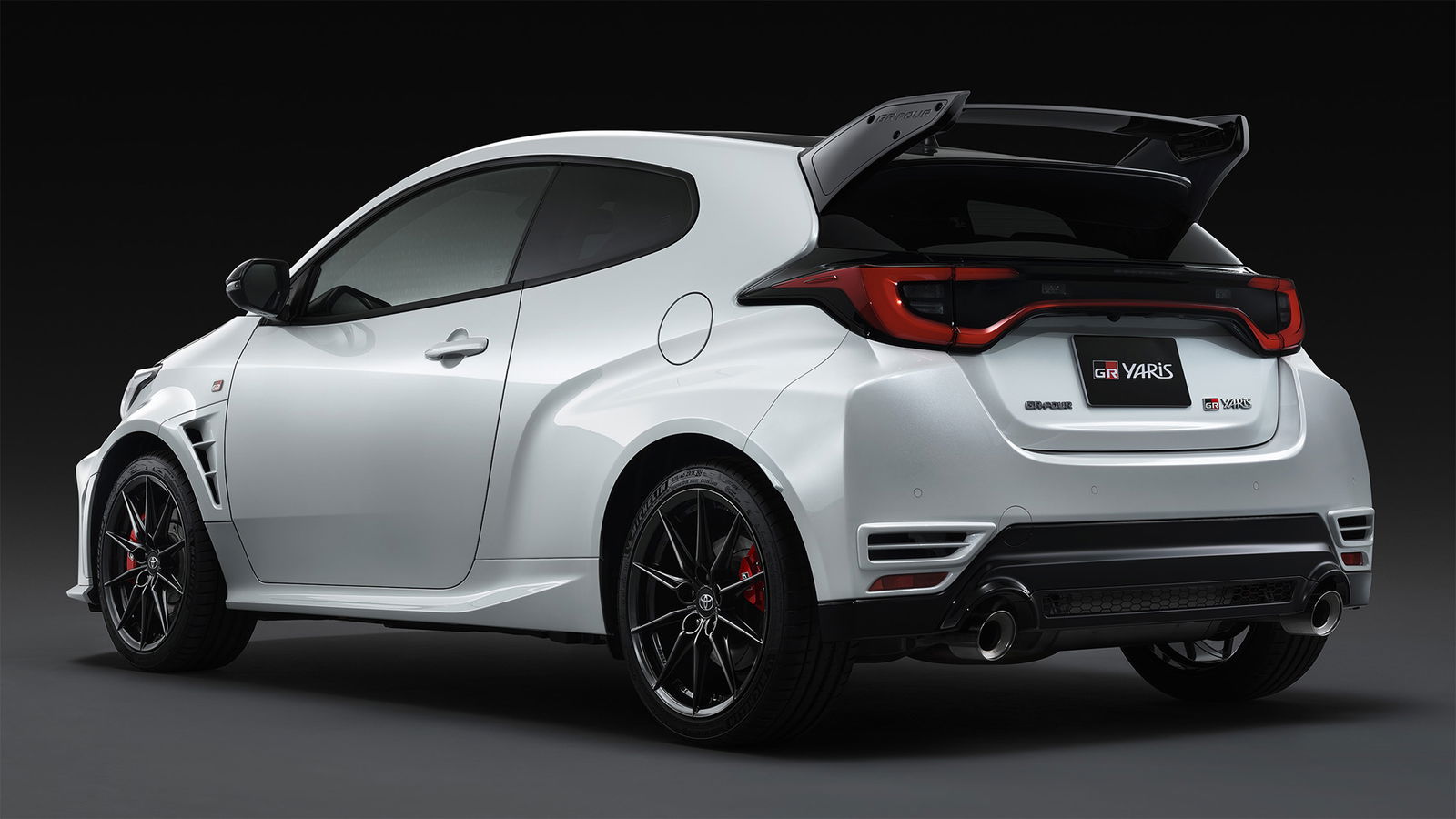

Comments